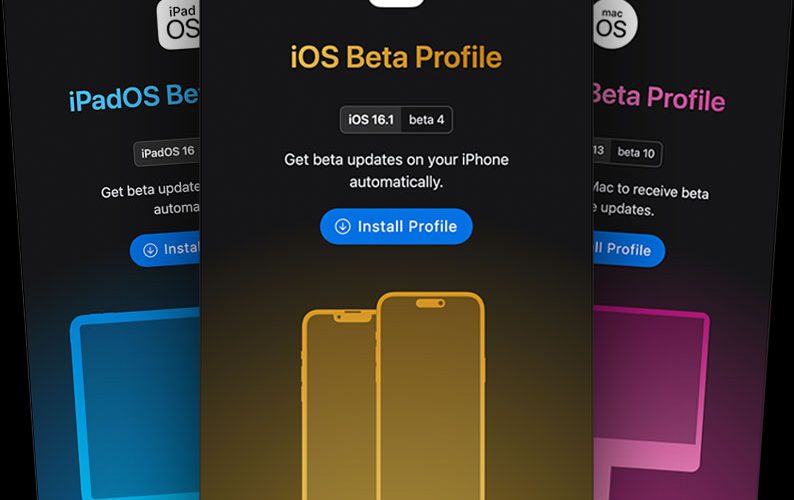Introduction:
Beta software and configuration profiles play a crucial role in the testing and deployment of new features, enhancements, and settings within an organization’s technology infrastructure. They provide valuable insights into how upcoming software versions and configurations will perform in real-world scenarios. However, managing these profiles effectively is essential to ensure a smooth testing process and avoid conflicts that could lead to disruptions or security vulnerabilities. In this article, we’ll explore the best practices and essential tips for managing beta software profiles and configuration profiles.
Understanding Beta Software Profiles:
Beta software profiles are pre-release versions of software that are made available to select users for testing and feedback purposes. They allow users to experience upcoming features and functionalities before the official release. Beta software profiles are commonly used by developers, IT administrators, and enthusiasts who want to explore new software capabilities.

Best Practices for Managing Beta Software Profiles:
- Selecting the Right Testers: Choose a diverse group of testers with varying roles and responsibilities within your organization. This ensures that the beta software is tested under different scenarios, providing a comprehensive evaluation of its performance and compatibility.
- Clear Communication: Communicate the purpose and expectations of beta testing to your testers. Provide them with detailed instructions on how to install the beta software profiles, report feedback, and troubleshoot common issues.
- Limiting Access: Restrict access to beta software profiles to authorized users only. This prevents unauthorized installation on critical devices and helps maintain security and control over the testing environment.
- Regular Updates: Keep testers informed about software updates and changes during the beta testing phase. This helps testers stay up-to-date with the latest features and bug fixes and encourages active participation.
- Feedback Collection: Encourage testers to provide timely and detailed feedback on their experiences with the beta software. This feedback is invaluable for identifying bugs, compatibility issues, and opportunities for improvement.
Understanding Configuration Profiles:
Configuration profiles, on the other hand, are XML files that define settings and restrictions for macOS, iOS, iPadOS, and tvOS devices. They can be used to configure various aspects of devices, such as network settings, security policies, email accounts, and app configurations. Configuration profiles streamline the setup and management of devices within an organization.
Best Practices for Managing Configuration Profiles:
- Organized Profile Management: Create separate configuration profiles for different settings and devices. This organization ensures that profiles are easier to manage, update, and troubleshoot, reducing the risk of conflicts.
- Test on a Subset of Devices: Before deploying configuration profiles organization-wide, test them on a subset of devices. This helps identify any potential issues or conflicts that might arise during broader deployment.
- Regular Review and Cleanup: Periodically review the configuration profiles in your system and remove any outdated or unnecessary profiles. This ensures that only relevant profiles are available for deployment, reducing clutter and potential conflicts.
- Ensure Profile Security: Securely distribute configuration profiles and avoid sharing sensitive information within the profiles. Encrypt the profiles if they contain confidential data and enforce proper access controls to prevent unauthorized access.
- Monitor Profile Installations: Keep track of profile installations and device configurations using a Mobile Device Management (MDM) solution. This provides insights into the status and health of the deployed profiles, allowing for timely updates and troubleshooting.
Conclusion:
Managing beta software profiles and configuration profiles requires careful planning, communication, and organization. By following the best practices outlined in this article, organizations can streamline the testing and deployment processes, avoid conflicts, and ensure a seamless experience for testers and end-users alike. Properly managed beta testing and configuration profiles play a crucial role in shaping the success of new software releases and improving the overall efficiency and security of an organization’s technology infrastructure.












